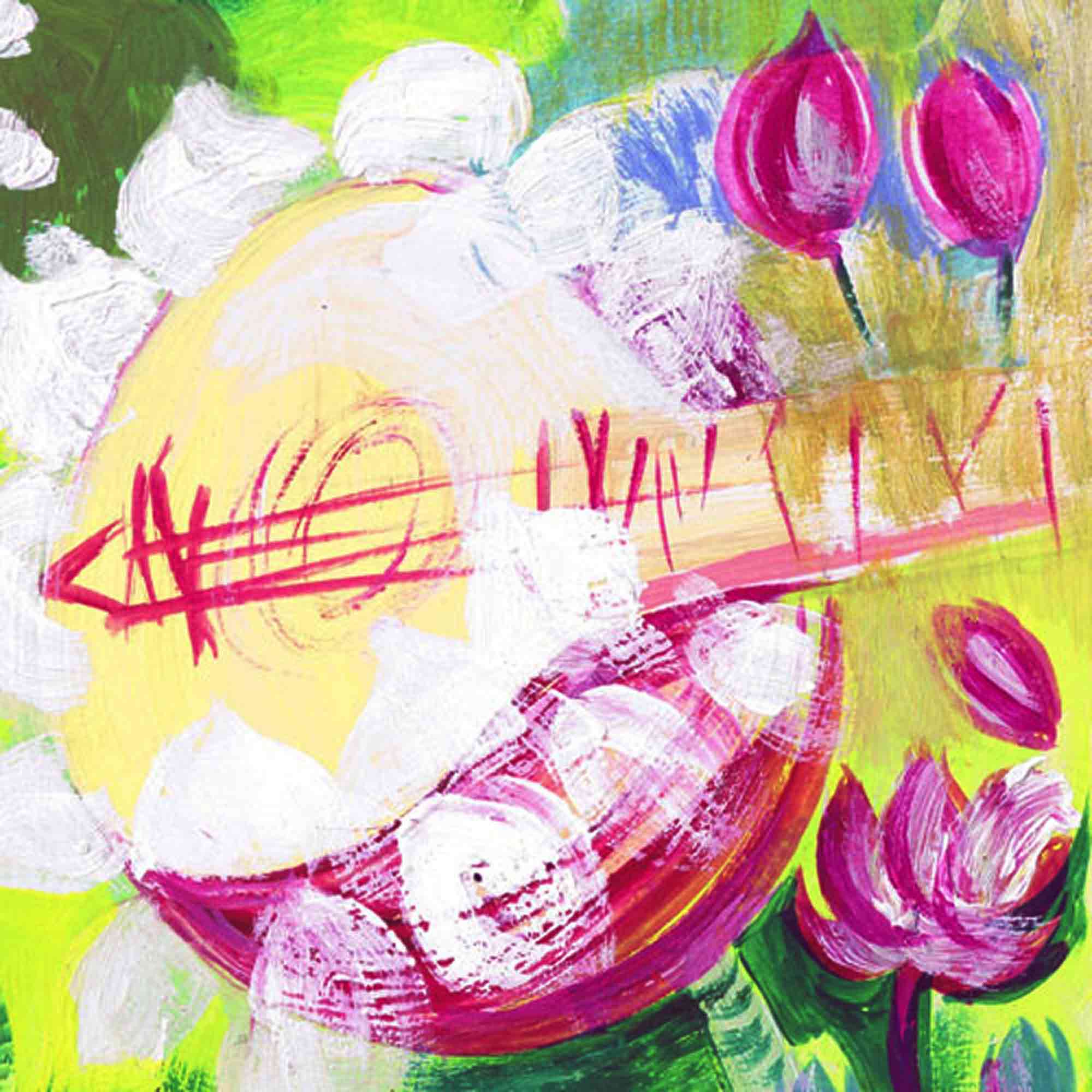
“True happiness is not at all expensive. It depends upon that natural spring of beauty and of life, harmony of relationship. Ambition pursues its own path of self-seeking by breaking this bond of harmony, digging gaps, creating dissension. Selfish ambition feels no hesitation in trampling under foot the whole harvest field, which is for all, in order to snatch away in haste that portion which it craves. Being wasteful it remains disruptive of social life and the greatest enemy of civilization.” | Read the full lecture >>
Source: Rabindranath Tagore in “Robbery of the soil” (Calcutta University, 1922), posted by Tony Mitra on a blog “Exploring citizens duty on food security, environmental sustainability, covid and freedom issues” (27 September 2015)
https://www.tonu.org/tag/robbery-of-the-soil/
Date visited: 12 January 2021



